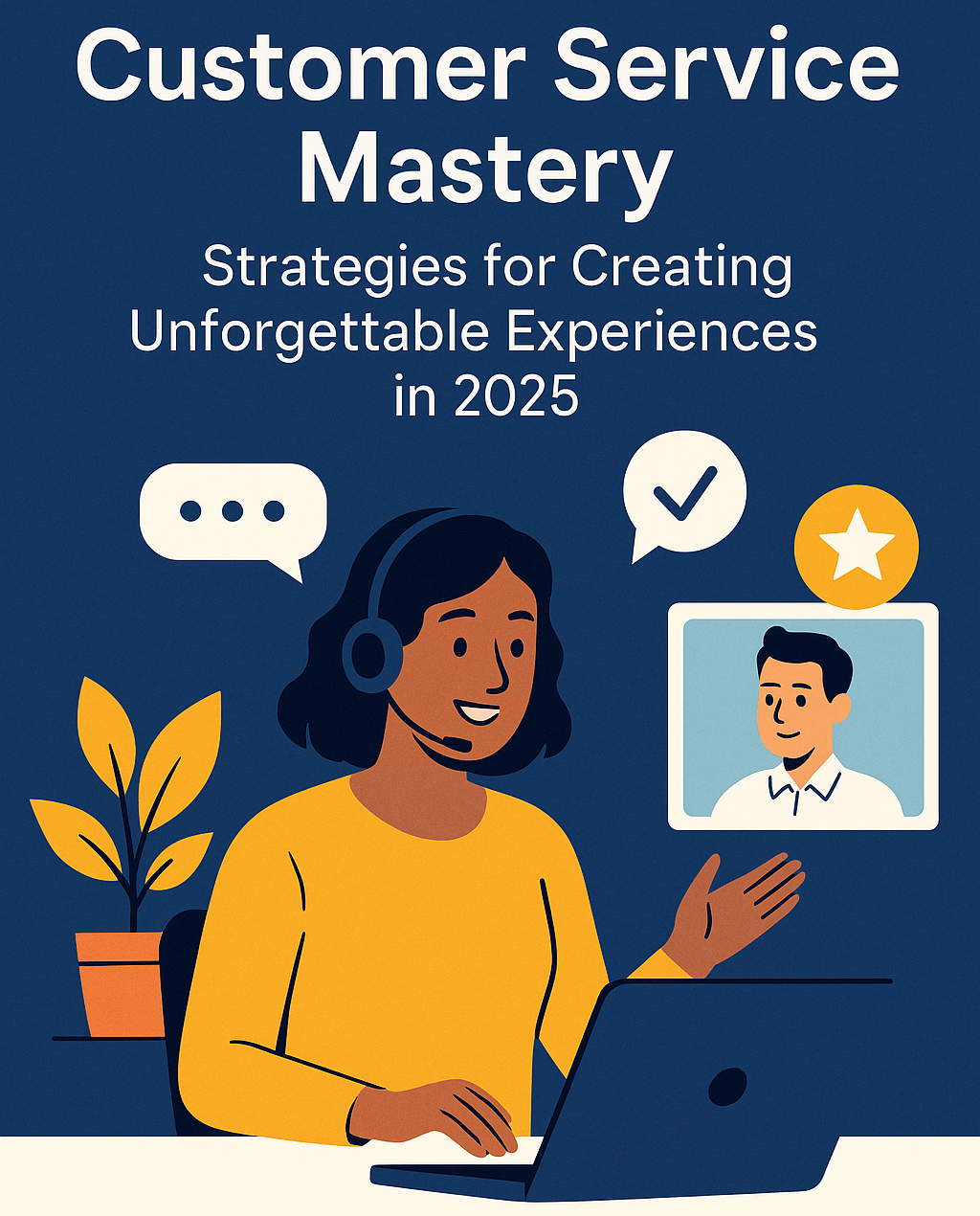The Role of UI/UX in Information Technology: Enhancing Digital Experiences
In today’s digital age, User Interface (UI) and User Experience (UX) design have become critical components of Information Technology (IT). From software applications to websites and enterprise systems, effective UI/UX design is essential for improving usability, efficiency, and customer satisfaction. With the rapid advancement of IT, companies are now focusing on delivering seamless digital experiences that keep users engaged and productive.
Why UI/UX Matters in Information Technology
The role of UI/UX in IT goes beyond aesthetics—it is about creating systems that are intuitive, functional, and accessible. Well-designed interfaces ensure users can navigate software easily, reducing frustration and increasing efficiency. In an industry where technology adoption is key, a poor user experience can lead to abandonment of products, decreased productivity, and loss of business.
Key benefits of strong UI/UX in IT:
Improved usability: Ensures that users can complete tasks efficiently with minimal effort.
Higher engagement: A well-designed interface keeps users active and invested in digital platforms.
Increased productivity: In enterprise software, intuitive UI/UX reduces training time and enhances workflow efficiency.
Enhanced customer retention: A positive user experience encourages continued use of a product or service.
UI/UX Trends Shaping IT in 2025
With technology evolving rapidly, UI/UX is continuously adapting to meet user expectations. Here are the top trends shaping the future of UI/UX in IT:
1. AI-Powered Personalization
Artificial Intelligence (AI) is transforming UI/UX by delivering personalized experiences. AI-driven recommendations, chatbots, and automated workflows help users interact with digital products more efficiently.
2. Voice and Gesture-Based Interfaces
Voice commands and gesture-based interactions are making digital products more accessible and hands-free. IT applications are now integrating voice assistants and gesture recognition for enhanced user engagement.
3. Dark Mode and Adaptive UI
Dark mode and adaptable interfaces improve readability, reduce eye strain, and provide customized user experiences based on user preferences.
4. Augmented Reality (AR) and Virtual Reality (VR) UI
AR/VR interfaces are revolutionizing IT, especially in training, simulations, and e-commerce. These immersive experiences enhance user interaction with digital environments.
5. Accessibility and Inclusive Design
More IT companies are focusing on accessibility, ensuring products are usable by people with disabilities through screen readers, color contrast enhancements, and keyboard navigation options.
How to Master UI/UX in IT
If you want to succeed in UI/UX within the IT field, mastering the latest design principles and tools is crucial. A few essential steps include:
Learning design tools such as Figma, Adobe XD, and Sketch.
Understanding usability principles and human-computer interaction.
Gaining expertise in front-end technologies like HTML, CSS, and JavaScript.
Staying updated with UX research methodologies and user behavior analytics.
Learn UI/UX with SkillWarp
Whether you are a beginner or a professional looking to enhance your UI/UX skills, SkillWarp offers expert-led courses that provide practical, real-world knowledge. Our UI/UX courses cover everything from basic design principles to advanced interactive prototyping.
🚀 Check out our UI/UX course atSkillWarp and start your journey today!




